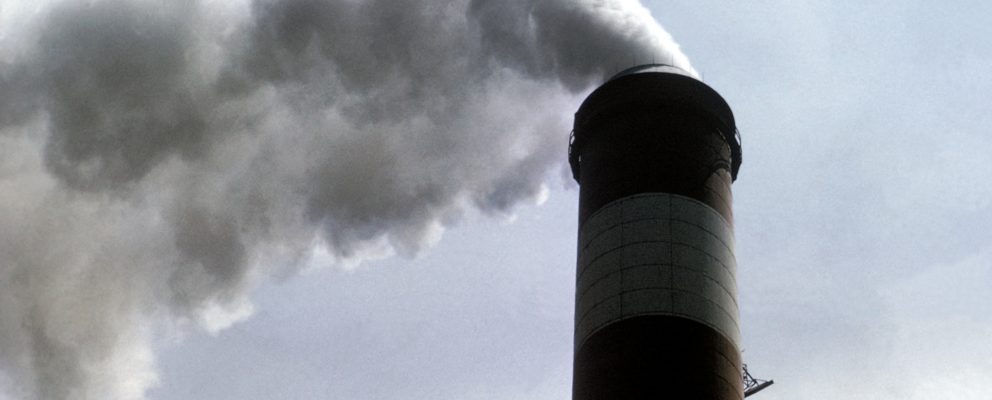Does De-Regulation Make Coal-Fired Power Less Dirty?
Story by Silke Schmidt
To reduce greenhouse gas emissions from the electricity sector, an obvious solution is to build more power plants that use wind or solar energy. But a more detailed economic analysis is needed to determine whether regulatory changes in the electricity market may also have environmental benefits.
That is one of the questions NC State associate professor and CEnREP affiliate Harrison Fell and colleagues addressed in a recently published national analysis of 418 coal-fired power plants. Of these, 273 plants were either publicly owned or located in 31 states with traditionally structured utilities while the remaining 145 were investor-owned and located in 19 “de-regulated” states.
“These 19 states switched from a vertically integrated utility model to one where firms that generate power are separated from firms that distribute it to the end user,” Fell explains. “This type of restructuring created a competitive market on which power is sold.”
The change happened because several pieces of legislation in the early 1990s made it easier for U.S. states to move from a fully regulated fixed-cost market to a more competitive one. Duke Power in North Carolina is an example for a traditional utility as it both generates and sells electricity.
Fell’s research team asked whether the competitive markets provided incentives for utilities to become more efficient. The analyzed data set was collected during a 15-year-period—from 1991 to 2005—during which some of the 19 states repealed or suspended their original decision to restructure.
“Our analysis yielded several insights,” Fell says. “One, coal power plants in competitive markets were able to purchase coal more cheaply than their regulated counterparts; two, their thermal efficiency, or electricity generated per unit of coal burned, was higher; and three, they operated at a smaller percentage of their generating capacity.”
This translated to nearly 15% savings in operating expenses. Regarding environmental benefits, the efficiency gains reduced emissions of several air pollutants by up to 7.5%. A caveat is that the ability to buy coal more cheaply allows plants to produce more electricity without increasing costs, which may offset these reductions.
To determine what all this means for a consumer’s electricity bill requires additional data points and analytic strategies. A follow-up study would also take into account the change in natural gas prices we have experienced since 2005.
“During the period we analyzed here, the cost of natural gas, which burns cleaner than coal, was three to four times higher than it is now,” Fell explains. “In analyzing more recent data, we found that we can explain almost all of the massive drop in energy generation from coal with reduced natural gas prices and more renewable energy—and that holds true in both regulated and de-regulated states.”
